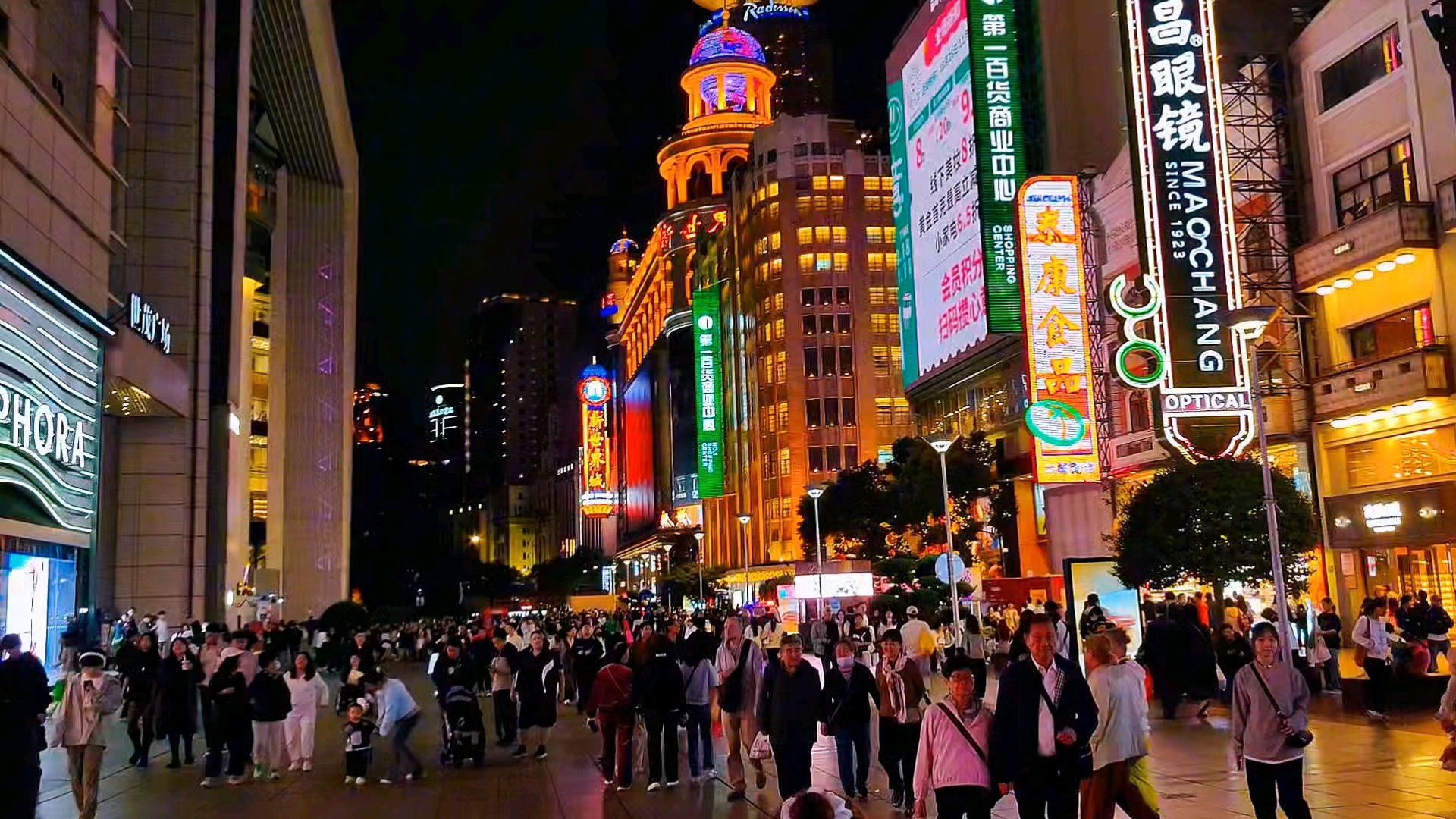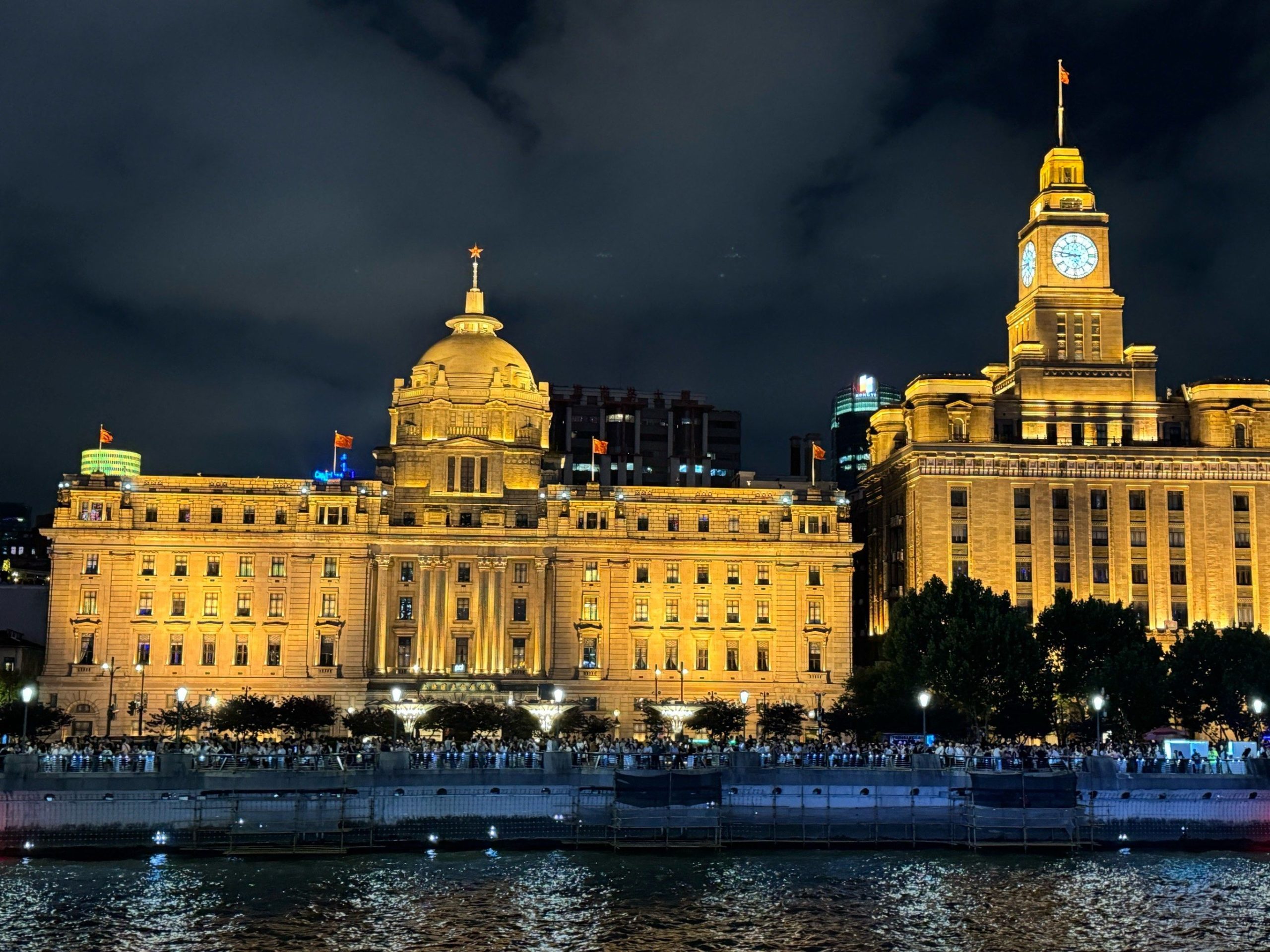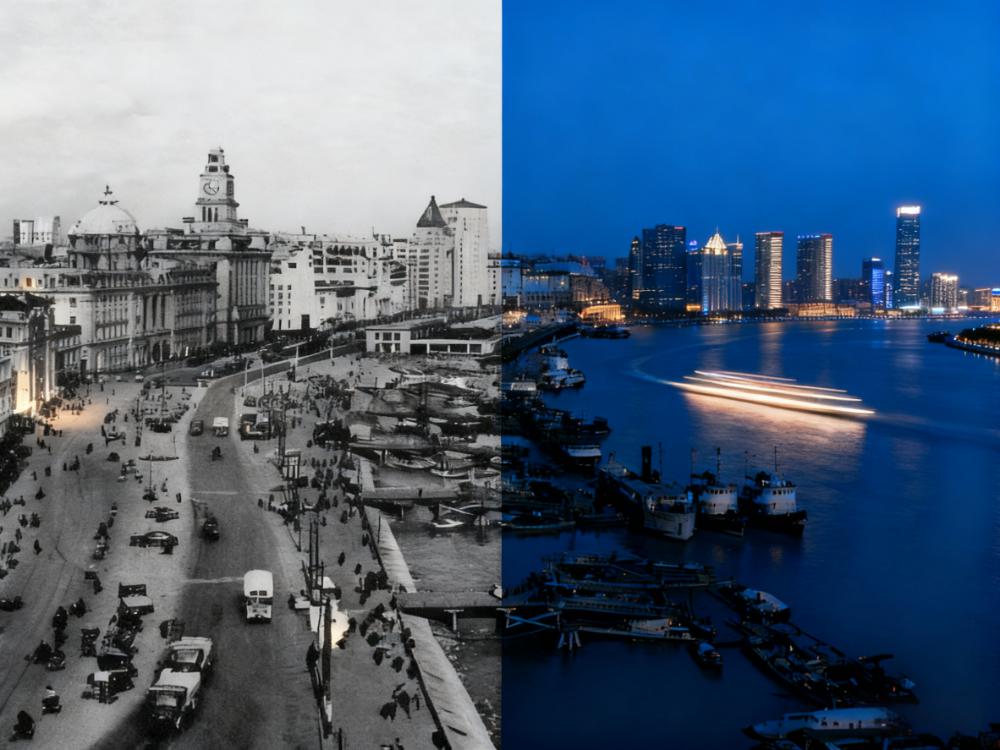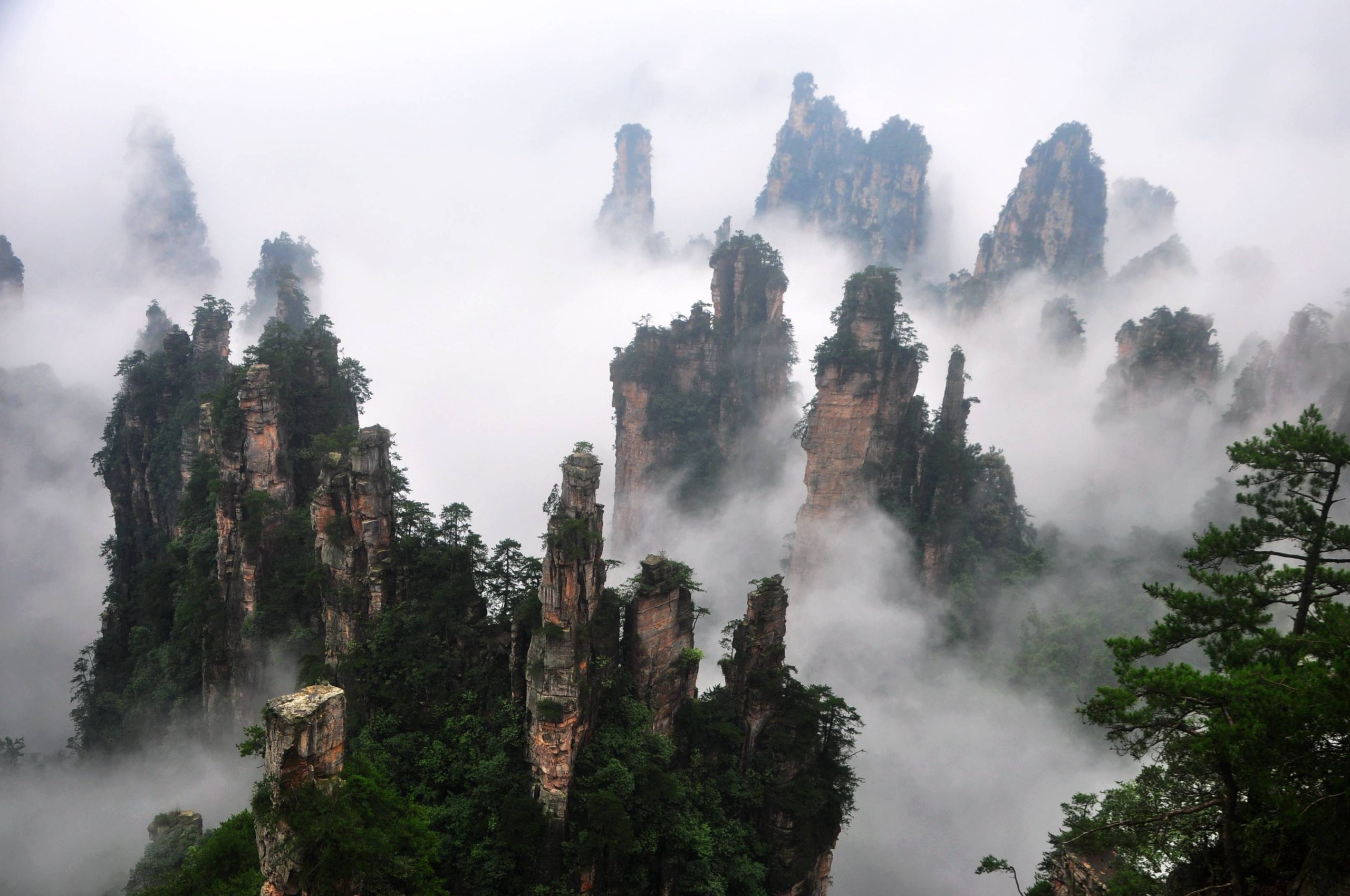Introduction
The Huangpu River — often called Shanghai’s mother river — together with the Bund’s international architectural ensemble, forms the city’s most iconic urban landscape. This area is not only the geographical heart of Shanghai but also a living symbol of its history and culture. From the port’s opening in the mid-19th century to today’s global metropolis, the Huangpu River and the Bund have witnessed Shanghai’s remarkable transformation from a humble fishing village into the world-renowned “Magic City.”
Let us stroll along this historic corridor, feel the fusion of Eastern and Western cultures, and experience the brilliant charm of this vibrant city.
The Huangpu River — Shanghai’s Mother River
Unique Geographical Advantages
Stretching 113 kilometers, the Huangpu River is a major tributary of the Yangtze River near its estuary and serves as Shanghai’s most vital waterway:
- Yangtze River Estuary: Located at the core of the Yangtze River Delta
- Gateway to the East China Sea: A crucial channel linking inland regions with the ocean
- Urban Axis: Divides Shanghai into the Puxi and Pudong districts
- Shipping Hub: Handles more than 80% of Shanghai’s cargo transportation
Witness to Historical Change
The Huangpu River has accompanied Shanghai’s journey from a small fishing village to a thriving international metropolis:
- Fishing Village Era: Simple fishing boats dotted the river; reeds grew along the banks
- Port Opening Period: Foreign merchant ships arrived; modern ports began to take shape
- Concession Era: Elegant buildings lined both banks; trade and commerce flourished
- Modern Development: Skyscrapers now rise on both sides, showcasing urban vitality
Cultural and Symbolic Significance
The Huangpu River is not just a geographical divide but also a bridge of cultural fusion:
- Meeting Point of East and West: Puxi represents tradition and history, while Pudong symbolizes modernity and the future
- Cradle of Hai Pai Culture: Nurtured Shanghai’s distinctive culture that blends Eastern and Western influences
- Embodiment of Urban Spirit: Open, inclusive, and ever-evolving in character
The Bund — An Open-Air Museum of International Architecture
Historical Origins
The Bund’s history is deeply intertwined with the opening of Shanghai’s port:
- 1843 – Port Opening: Shanghai officially opened to foreign trade, and foreign merchants began establishing trading houses along the river
- 1845 – British Concession: The British set up their concession on the Bund, initiating large-scale development
- 1860s Expansion: French and American concessions followed, and the Bund’s architectural ensemble gradually took shape
- Early 20th Century Prosperity: The Bund became the most prosperous financial and trading center in the Far East
Architectural Styles of the Bund
Often called an “open-air museum of international architecture,” the Bund showcases diverse styles from different historical periods:
Neoclassical Architecture
- HSBC Building (1923): Once described as “the most magnificent building from the Suez Canal to the Bering Strait”
- Customs House (1927): Its towering clock tower and melodic chimes have become a symbol of the Bund
- Bank of China Building (1937): A harmonious blend of Chinese and Western architectural elements
Art Deco Architecture
- Sassoon House (1929): The first building in Shanghai to exceed ten stories
- Peace Hotel (1929): One of the most luxurious hotels in the Far East
- Broadway Mansions (1934): A classic example of early modernist architecture
Gothic and Early British Architecture
- The Bund Origin Area: Preserves mid-19th-century British architectural charm
- British Consulate: The first foreign building constructed on the Bund
Stories Behind the Buildings
Each building carries a rich history:
- HSBC Bank: Witnessed the evolution of Shanghai’s financial industry
- Peace Hotel: Hosted countless political leaders and celebrities over the decades
- Customs House: Symbolizes the restoration of China’s customs sovereignty
Pudong Skyline — Symbol of a Modern Metropolis
Development Process
The rise of Pudong marks a milestone in Shanghai’s modernization:
- 1990 – Development and Opening: Pudong New Area was officially established
- 1992 – Lujiazui Financial District: Construction of a modern financial center began
- 2000 – Century Avenue: Became a major east–west transportation artery
- 2010 – World Expo: Brought global attention to Pudong’s transformation
Landmark Buildings
Oriental Pearl Tower
- Completed: 1994
- Height: 468 meters
- Design Concept: Combines traditional Chinese aesthetics with modern technology
- Symbolism: Represents Shanghai’s openness and innovation
Jin Mao Tower
- Completed: 1999
- Height: 420.5 meters
- Architectural Style: Perfect fusion of tradition and modernity
- Functions: Integrates offices, a hotel, and observation areas
Shanghai World Financial Center
- Completed: 2008
- Height: 492 meters
- Design Feature: Unique bottle-opener shape
- Role: A landmark of Shanghai’s international financial hub
Shanghai Tower
- Completed: 2015
- Height: 632 meters
- Features: China’s tallest and the world’s second-tallest building
- Green Concept: A leading example of sustainable, eco-friendly architecture
Contrast Between the Two Banks
The two banks of the Huangpu River form a striking contrast, showcasing Shanghai’s balance between heritage and modernity:
- Puxi and the Bund: Rich historical and cultural legacy
- Pudong and Lujiazui: Modern dynamism and innovation
- Cultural Fusion: A perfect blend of tradition and progress
- Urban Spirit: Open, inclusive, and forward-looking
The Enchanting Charm of the “Magic City”
Nighttime Beauty
When night falls and lights illuminate both sides of the Huangpu River, Shanghai unveils one of its most breathtaking views:
The Bund Light Show
- Building Illumination: The architectural ensemble glows with solemn elegance
- Historical Ambience: Lighting enhances the sense of history and culture
- Artistic Design: Each building features distinctive lighting effects, creating a captivating visual feast
Pudong Nightscape
- Skyscrapers: Neon lights trace a dazzling skyline
- Dynamic Effects: LED displays and kinetic lighting bring energy to the scene
- Technological Feel: Showcases Shanghai’s spirit of innovation and modernity
Reflections on the River
- Light and Water: Lights from both banks dance on the river’s surface
- Sparkling Waves: The interplay of water and light creates a poetic spectacle
- Urban Poetry: A romantic tableau of Shanghai by night
Night Cruise Experience
A night cruise on the Huangpu River is the best way to appreciate Shanghai’s glittering skyline:
- Cruise Tour: Admire both banks from the water
- Riverside Walk: Enjoy the night breeze and illuminated scenery up close
- Observation Decks: Take in panoramic views from above
- Photography: Capture the city’s most iconic night scenes
Cultural Essence and Urban Spirit
Embodiment of Hai Pai Culture
The Huangpu River and the Bund are vital symbols of Shanghai’s unique Hai Pai culture:
- Fusion of East and West: A harmonious blend of Chinese and Western influences
- Open and Inclusive: Embracing diversity and new ideas
- Spirit of Innovation: A constant drive for excellence and progress
- Global Vision: An open attitude toward the world
Symbol of Shanghai’s Urban Spirit
Together, they embody Shanghai’s distinctive urban character:
- All Rivers Flow to the Sea: Welcoming all cultures and ideas
- Pursuit of Excellence: Constantly striving for greater heights
- Open-minded and Wise: Balancing openness with foresight
- Magnanimous and Humble: Confident yet modest in outlook
Heritage and Modern Development
The Huangpu River and the Bund exemplify the harmony between history and modern progress:
- Heritage Preservation: Protecting historic architecture and cultural identity
- Modern Innovation: Showcasing contemporary urban style
- Cultural Integration: Uniting tradition and modernity
- Sustainable Development: Building toward a greener, more sustainable future
Tourism Experience and Practical Information
Best Visiting Seasons
- Spring (March–May): Pleasant weather, ideal for outdoor sightseeing
- Autumn (September–November): Cool and comfortable, with the most beautiful night views
- Summer: Hot but offers longer evening hours for night scenery
- Winter: Cold but less crowded, offering a quieter experience
Recommended Tour Routes
Classic One-Day Tour
- Morning: Explore the Bund’s historic architecture
- Noon: Lunch at the Bund Origin or Nanjing Road
- Afternoon: Visit Pudong’s modern skyscrapers in Lujiazui
- Evening: Enjoy a night cruise on the Huangpu River
In-Depth Cultural Tour
- Bund Origin: Learn about the Bund’s beginnings
- Architectural Complex: Appreciate the diverse architectural styles
- Pudong Riverside: Experience Shanghai’s modern energy
- Night Cruise: Immerse yourself in the Magic City’s night charm
Huangpu River Night Cruise Guide
Cruise Options
- Huangpu River Cruise: The most classic experience
- Speedboat Tour: A thrilling alternative
- Private Yacht: Tailored luxury experience
- Water Bus: Budget-friendly and convenient
Best Viewing Times
- 7:00–9:00 PM: Optimal lighting and atmosphere
- Holidays: Special light shows
- Special Events: Occasionally include fireworks displays
Photography Tips
- Cruise Second Deck: Best spot for skyline photos
- Bund Observation Deck: Ideal for capturing Pudong’s skyline
- Pudong Riverside: Best angle for the Bund’s architecture
- High-Rise Observation Deck: Capture panoramic city views
Practical Tips
- Book in Advance: Especially during holidays
- Check the Weather: Rain may affect visibility
- Stay Warm: The river breeze can be chilly
- Safety First: Follow all cruise regulations
Looking Ahead
Urban Development Plans
Future development along the Huangpu River and the Bund will continue to reflect Shanghai’s progressive spirit:
- Heritage Conservation: Ongoing protection of historic buildings
- Modern Construction: Building new landmark structures
- Environmental Enhancement: Improving riverside landscapes and visitor experience
- Cultural Continuity: Preserving and evolving Hai Pai culture
Expanding International Influence
As Shanghai’s defining urban symbol, the Huangpu River and the Bund will further enhance the city’s global standing:
- Tourist Destination: Attracting visitors from around the world
- Cultural Exchange: Fostering international dialogue
- Economic Cooperation: Strengthening global partnerships
- City Branding: Showcasing Shanghai’s image as a world-class metropolis
Fun Stories
The Bund’s “Open-Air Architecture Museum”
Every building on the Bund has its own story. The HSBC Building was once praised as “the most magnificent building from the Suez Canal to the Bering Strait.” The Peace Hotel has welcomed countless political leaders and celebrities, while the Customs House’s chimes marked the restoration of China’s customs sovereignty. These landmarks not only reflect diverse architectural styles but also bear witness to Shanghai’s historical transformation.
Pudong’s “City Built Overnight”
Pudong’s rapid development is often described as the creation of a “city built overnight.” From its opening in 1990 to today’s modern skyline, Pudong has undergone extraordinary change. Landmark structures such as the Oriental Pearl Tower, Jin Mao Tower, and Shanghai Tower have reshaped the cityscape, turning Pudong into a symbol of Shanghai’s modernization.
Huangpu River — The Mother River
The Huangpu River is called Shanghai’s mother river not only because it is the city’s main waterway, but also because it nurtured its unique Hai Pai culture. From the fishing village era to today’s international metropolis, the river has witnessed every pivotal chapter of Shanghai’s history — a source of both memory and hope for the city’s future.
Practical Tips
Transportation
- Metro: Lines 2 and 10 connect directly to the Bund area
- Bus: Multiple routes serve the Bund and nearby attractions
- Taxi: Convenient but more expensive
- Walking: Just a 10-minute walk from Nanjing Road to the Bund
Accommodation
- Near the Bund: The Peace Hotel, Waldorf Astoria, etc.
- Pudong Lujiazui: Grand Hyatt Shanghai, Pudong Shangri-La, etc.
- Nanjing Road Area: A wide range of hotels for all budgets
Dining
- Bund Origin: Upscale Western restaurants
- Nanjing Road: Classic Shanghai cuisine
- Pudong: Modern restaurants and cafés
- River Cruises: Offer onboard dining experiences
Shopping
- Nanjing Road: Traditional shopping street
- Bund Origin: Luxury boutiques and designer stores
- Pudong: Contemporary shopping malls
- Yu Garden: Traditional crafts and souvenirs







